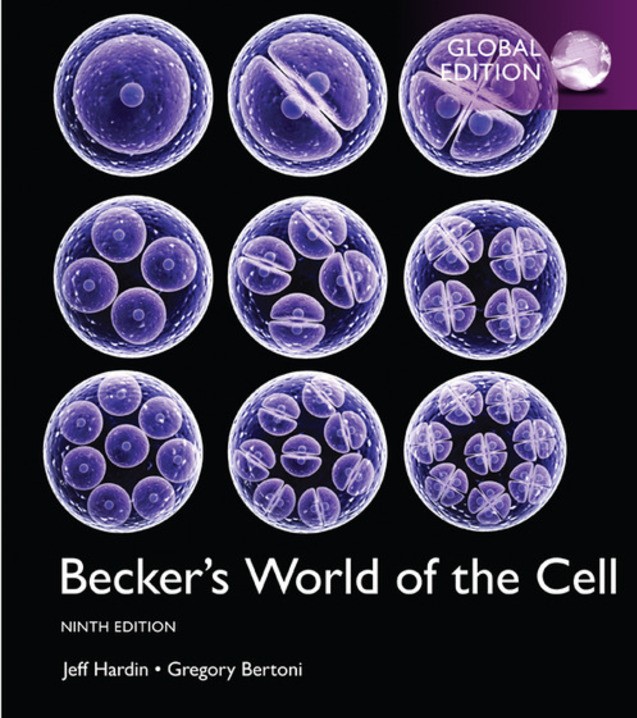
Becker's World of the Cell 9th Edition by Lewis Kleinsmith, Jeff Hardin, Gregory Paul Bertoni
Edition 9ISBN: 9780134295510
Becker's World of the Cell 9th Edition by Lewis Kleinsmith, Jeff Hardin, Gregory Paul Bertoni
Edition 9ISBN: 9780134295510 Exercise 3
Frameshift Mutations. Each of the mutants listed below this paragraph has a different mutant form of the gene encoding protein X. Each mutant gene contains one or more nucleotide insertions (+)or deletions (-)of the type caused by acridine dyes. Assume that all the mutations are located very near the beginning of the gene for protein X. In each case, indicate with an "OK" if you would expect the mutant protein to be nearly normal and with a "Not OK" if you would expect it to be obviously abnormal.
(a)

(b)

(c)

(d)

(e)

(f)

(g)

(h)

(i)

(a)

(b)

(c)

(d)

(e)

(f)

(g)

(h)

(i)

Explanation
(a)
The genetic code is composed of trip...
Becker's World of the Cell 9th Edition by Lewis Kleinsmith, Jeff Hardin, Gregory Paul Bertoni
Why don’t you like this exercise?
Other Minimum 8 character and maximum 255 character
Character 255


